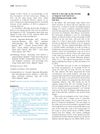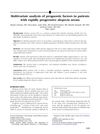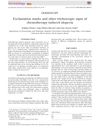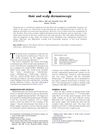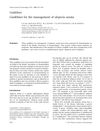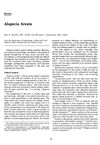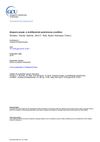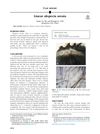Objective Outcome Measures: Collecting Meaningful Data on Alopecia Areata
November 2017
in “
Journal of The American Academy of Dermatology
”
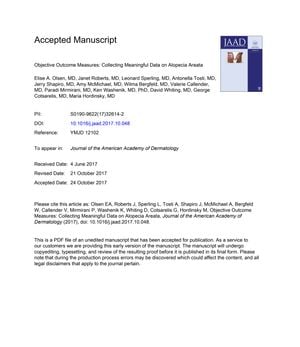
TLDR The document suggests using standardized methods to track and measure hair loss in alopecia areata, including patient self-assessment and a 50% improvement in specific scores as a treatment goal.
The 2018 document recommends standardized assessment and response criteria for alopecia areata (AA), highlighting the Severity of Alopecia Tool (SALT) score as the only standardized method at the time. It introduces the Alopecia Density and Extent (ALODEX) score and the Alopecia Areata Progressive Index for more detailed tracking of hair loss and treatment response. The document emphasizes the need for standardized diagnostic criteria, assessment measures, response criteria, and endpoints for AA, including initial and follow-up evaluations. It suggests additional measurements like hair pigmentation and vellus hair coverage, and underscores the importance of patient self-assessment, quality of life instruments, and photographic documentation. A 50% improvement in SALT or ALODEX score is recommended as the primary endpoint for treatment efficacy, with a 12-week evaluation period for new treatments. Despite the challenges in data collection, the document advocates for obtaining basic information to establish best treatment practices for AA.
